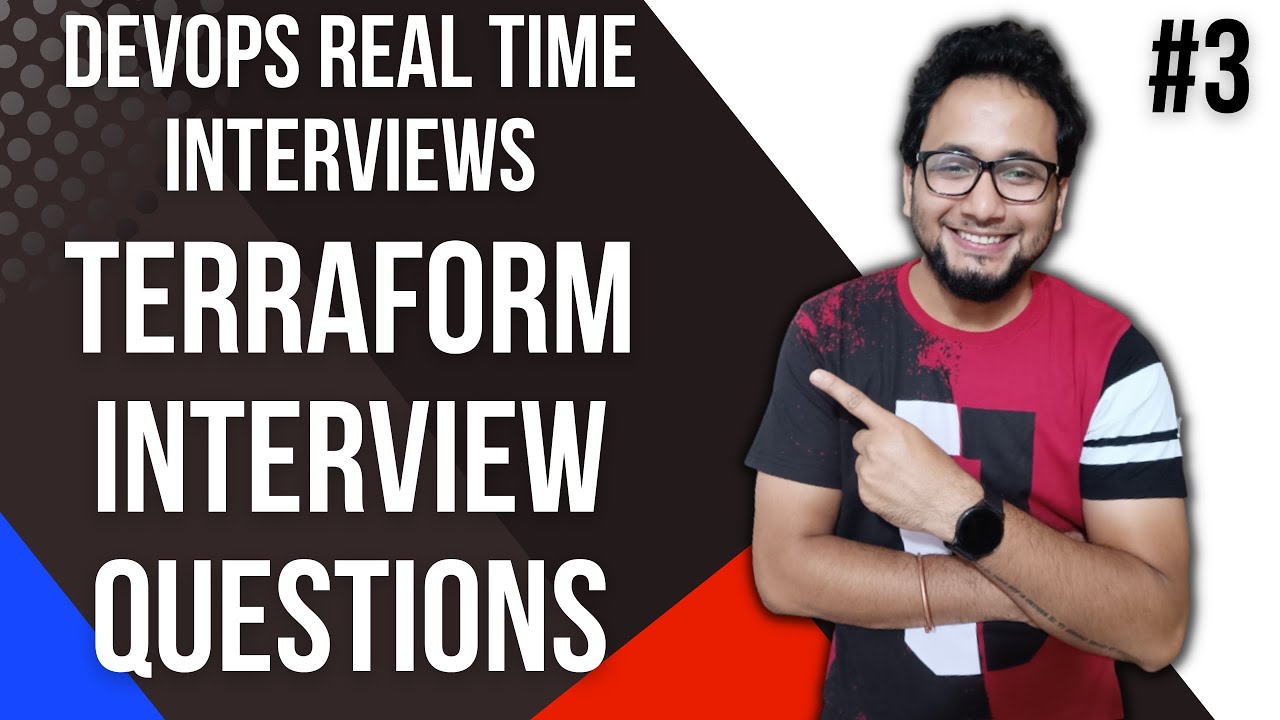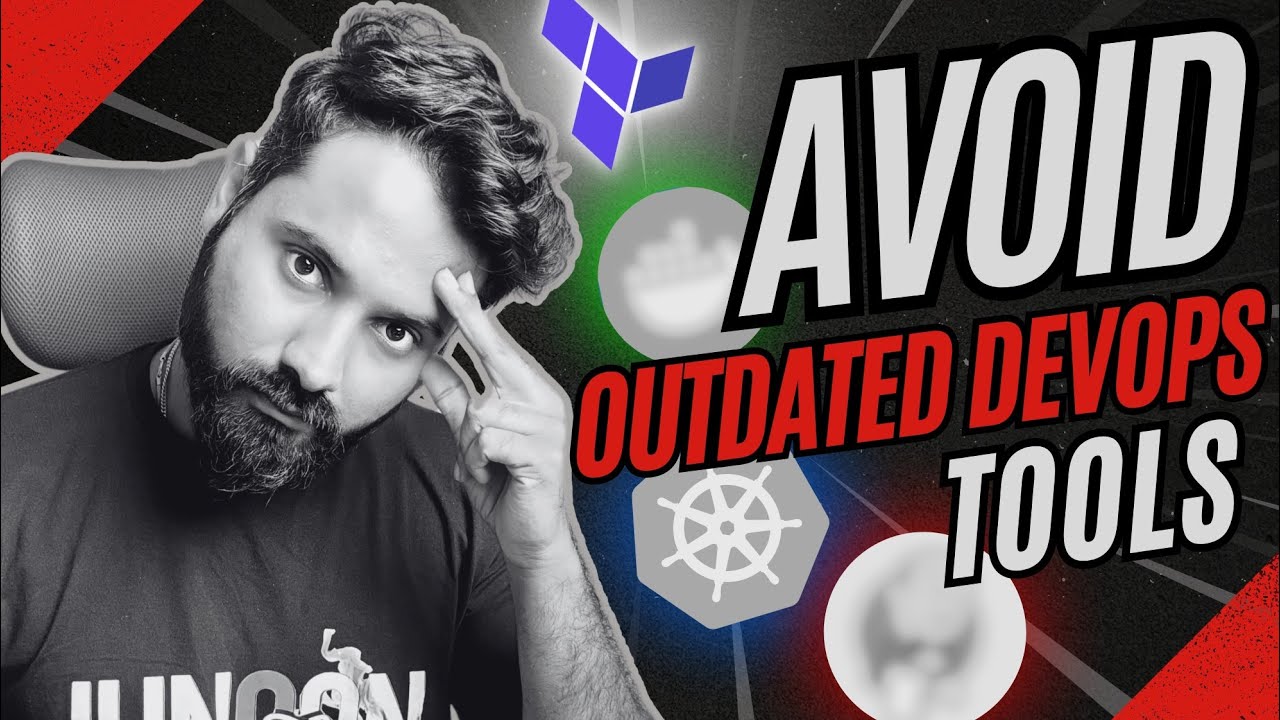Ansible vs. Terraform: What's the difference?
Summary
TLDRIn this video, we explore the differences between Terraform and Ansible, two powerful tools for infrastructure automation. Terraform excels at provisioning infrastructure with a declarative approach, ensuring dependencies are managed automatically. Ansible, on the other hand, focuses on configuration management and is more procedural in nature. Both tools are open-source and support templating, making them versatile for various environments. The video also explains how these tools can complement each other—using Terraform for infrastructure provisioning and Ansible for configuration management—to create a comprehensive automation solution.
Takeaways
- 😀 Terraform is excellent for infrastructure provisioning with a declarative approach, making it efficient for creating resources like databases, Kubernetes clusters, and VMs.
- 😀 Terraform allows implicit and explicit dependencies, automatically managing resource creation in the right order, ensuring resources are created in the correct sequence.
- 😀 Ansible is primarily designed for configuration management, which includes tasks like application deployment and system configuration, and it can also handle infrastructure provisioning.
- 😀 Ansible follows a hybrid approach, supporting declarative resources while executing tasks in a procedural manner (top to bottom).
- 😀 Terraform is lifecycle-managed, meaning it tracks changes to infrastructure and can automatically update or remove resources based on configuration changes.
- 😀 In contrast, Ansible does not have built-in lifecycle management, requiring developers to manually handle changes, such as marking resources for deletion.
- 😀 Terraform ensures idempotency by default, meaning running the same configuration multiple times will not trigger unnecessary actions if no changes are detected.
- 😀 Ansible can be idempotent, but it requires careful handling by the developer to ensure modules are written in a way that prevents unnecessary actions when re-executed.
- 😀 Both Terraform and Ansible support templating, enabling the reuse of configuration files for different environments (e.g., dev, test, prod) by simply changing variable values.
- 😀 Both Terraform and Ansible are open-source and have strong communities (Terraform Registry and Ansible Galaxy), making it easy to find modules, providers, and collections to accelerate automation tasks.
- 😀 Ansible is agentless, meaning it does not require an agent to be installed on target machines, while Terraform is often used to provision infrastructure before configuration management with Ansible.
Q & A
What is the key difference between Terraform and Ansible?
-Terraform is a declarative tool for infrastructure provisioning, while Ansible is primarily a configuration management tool that can also perform infrastructure provisioning. Terraform focuses on creating and managing infrastructure in a declarative way, whereas Ansible can handle both declarative and procedural tasks.
What makes Terraform particularly good for provisioning infrastructure?
-Terraform is good for provisioning because it is declarative in nature, meaning you define the desired state of your infrastructure, and Terraform ensures that state is achieved by creating or modifying resources as needed.
How does Terraform handle dependencies between resources?
-Terraform handles dependencies automatically, both implicitly and explicitly. Implicit dependencies are inferred based on resource relationships, while explicit dependencies can be defined by the user to ensure resources are created in the correct order.
What is a Terraform Plan, and why is it important?
-A Terraform Plan is a command used to preview the changes Terraform will make to your infrastructure before applying them. It helps ensure that the actions Terraform will take are correct and as expected, preventing unwanted changes.
What does 'state management' refer to in Terraform?
-State management in Terraform refers to its ability to track the current state of the infrastructure it manages. This allows Terraform to know what resources exist, what their current configurations are, and make necessary adjustments when configurations change.
Can Ansible be used for infrastructure provisioning?
-Yes, Ansible can be used for infrastructure provisioning, but it is primarily designed for configuration management and application deployment. Unlike Terraform, Ansible's approach is more procedural, executing tasks in a specific order.
What is the role of idempotency in Terraform and Ansible?
-Idempotency ensures that running the same script multiple times results in no changes if nothing has changed in the infrastructure. Terraform automatically handles idempotency, while Ansible requires developers to ensure the modules they use are idempotent.
How do Terraform and Ansible handle lifecycle management?
-Terraform automatically manages lifecycle changes, such as creating, modifying, or deleting resources, based on the current state. Ansible, on the other hand, does not have built-in lifecycle management, requiring developers to implement it manually.
What is the role of templates in Terraform and Ansible?
-Both Terraform and Ansible support heavy templating, allowing for the creation of reusable configuration files. This makes it easier to manage different environments (e.g., dev, test, prod) by changing variables without modifying the core configuration.
How can Terraform and Ansible be used together effectively?
-Terraform and Ansible can be used together by having Terraform provision the infrastructure, and then using Ansible to manage the configuration and deployment of applications on that infrastructure. This combination leverages Terraform's strength in provisioning and Ansible's capability in configuration management.
Outlines

This section is available to paid users only. Please upgrade to access this part.
Upgrade NowMindmap

This section is available to paid users only. Please upgrade to access this part.
Upgrade NowKeywords

This section is available to paid users only. Please upgrade to access this part.
Upgrade NowHighlights

This section is available to paid users only. Please upgrade to access this part.
Upgrade NowTranscripts

This section is available to paid users only. Please upgrade to access this part.
Upgrade NowBrowse More Related Video

Terraform Interview Questions | Terraform Scenario Questions | DevOps Interview Series | Terraform

What is DevOps? Understanding DevOps terms and Tools

Day-15 | Ansible Zero to Hero | #ansible #devops

Episode 24: Terraform - Getting Started

Implementing Infrastructure as Code with Terraform | AWS Cloud Resume Challenge - Part 6

DON'T Do These DevOps Tools | Outdated Tools = NO JOB (Hindi)
5.0 / 5 (0 votes)